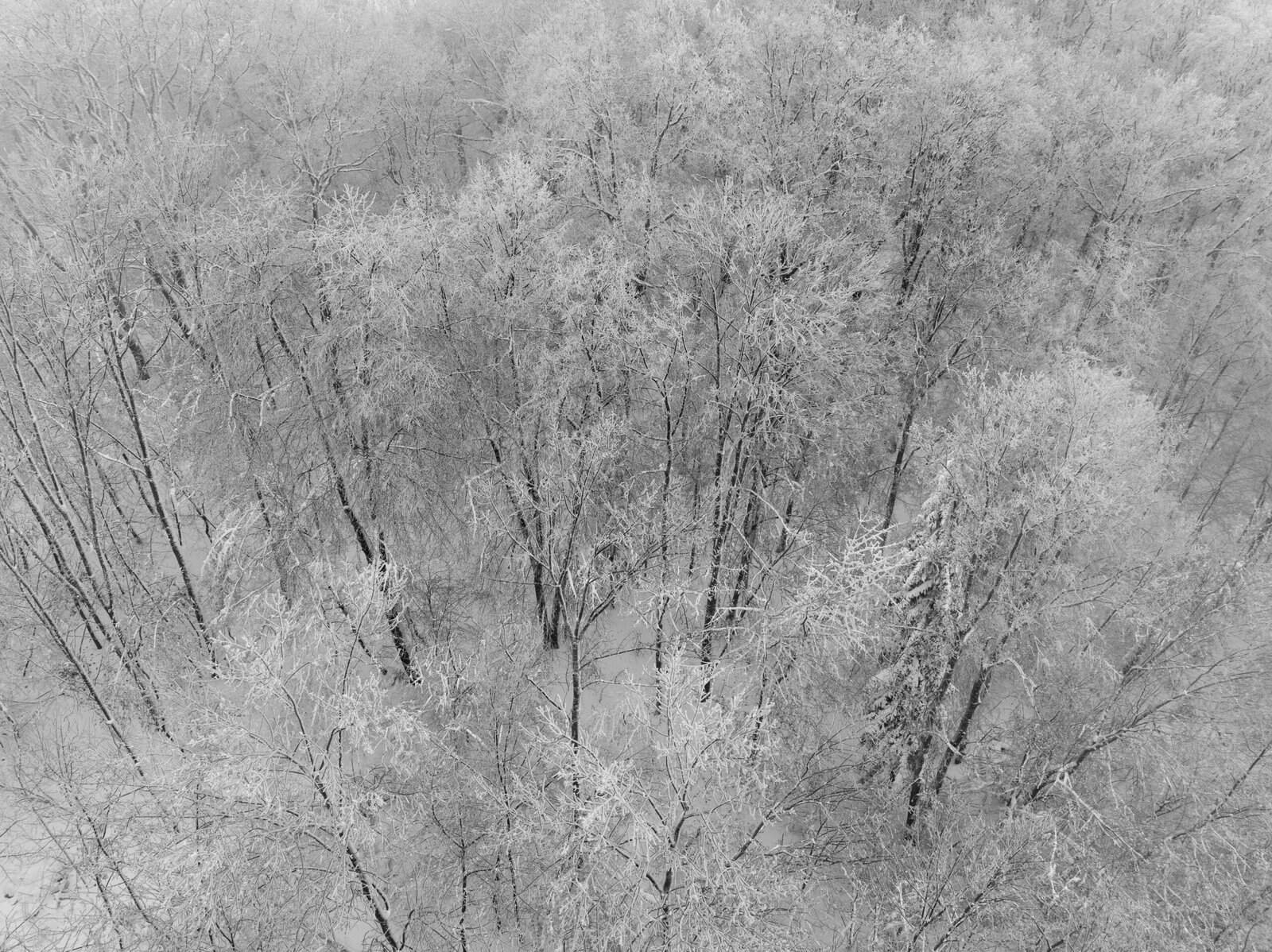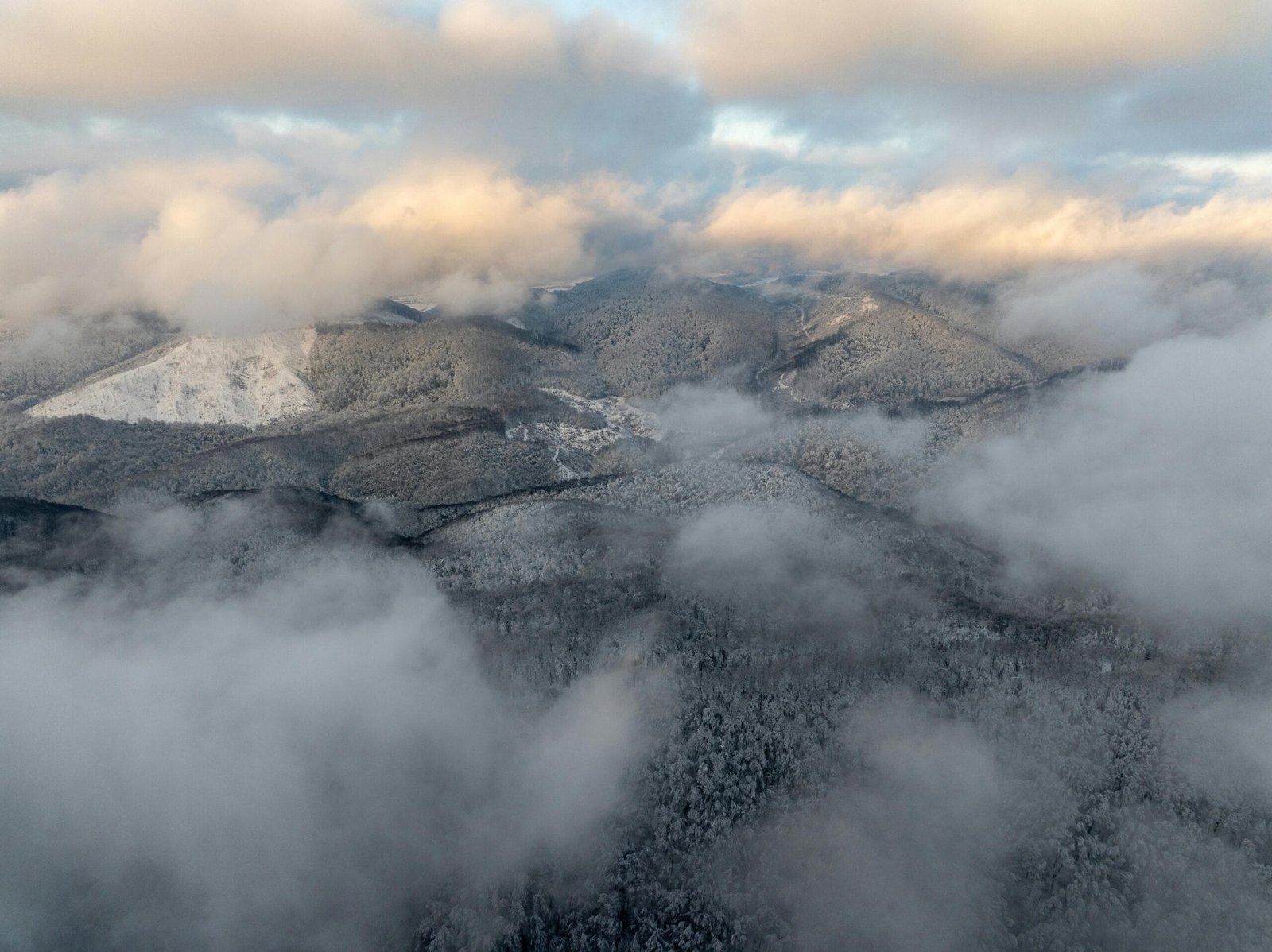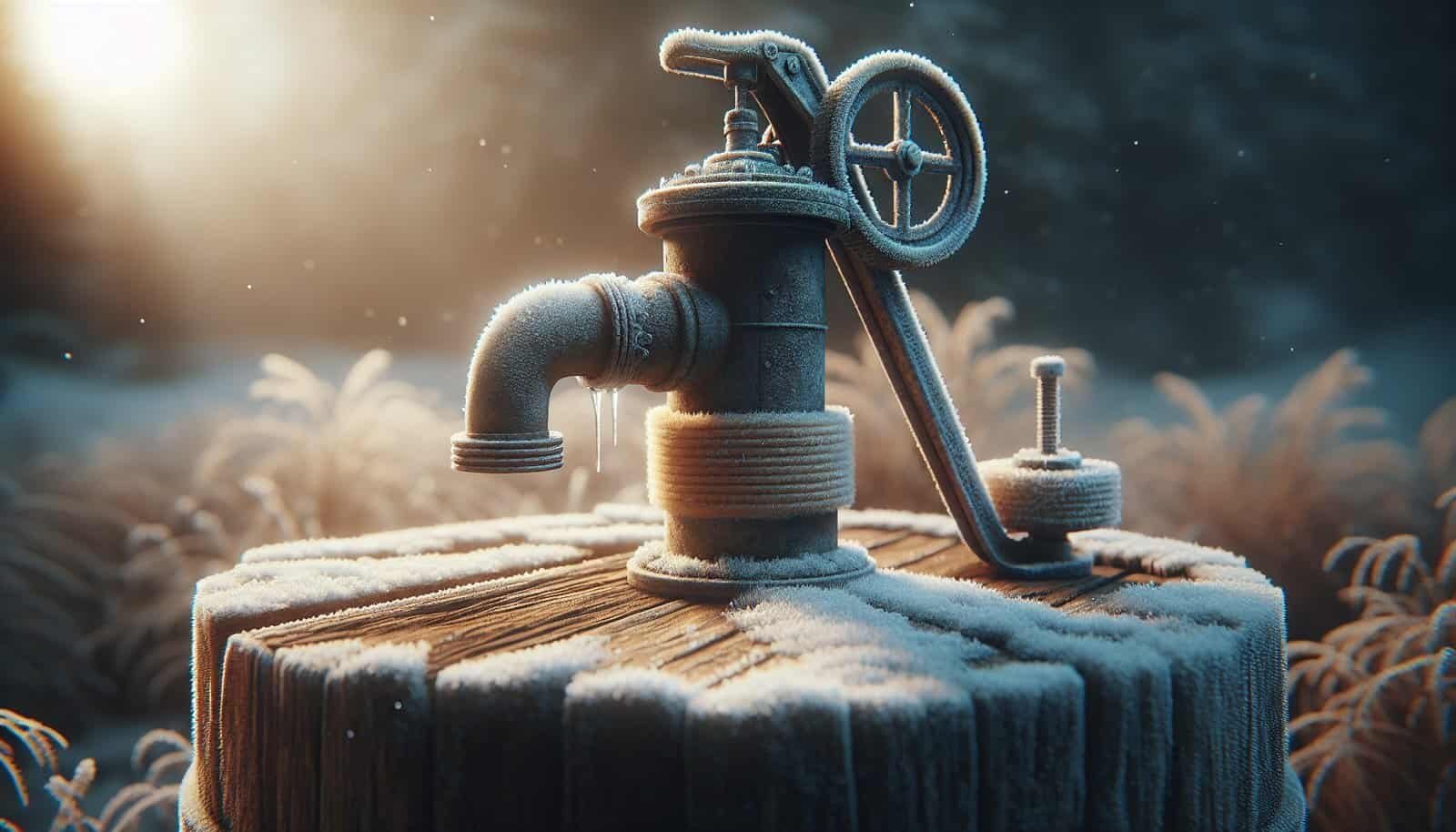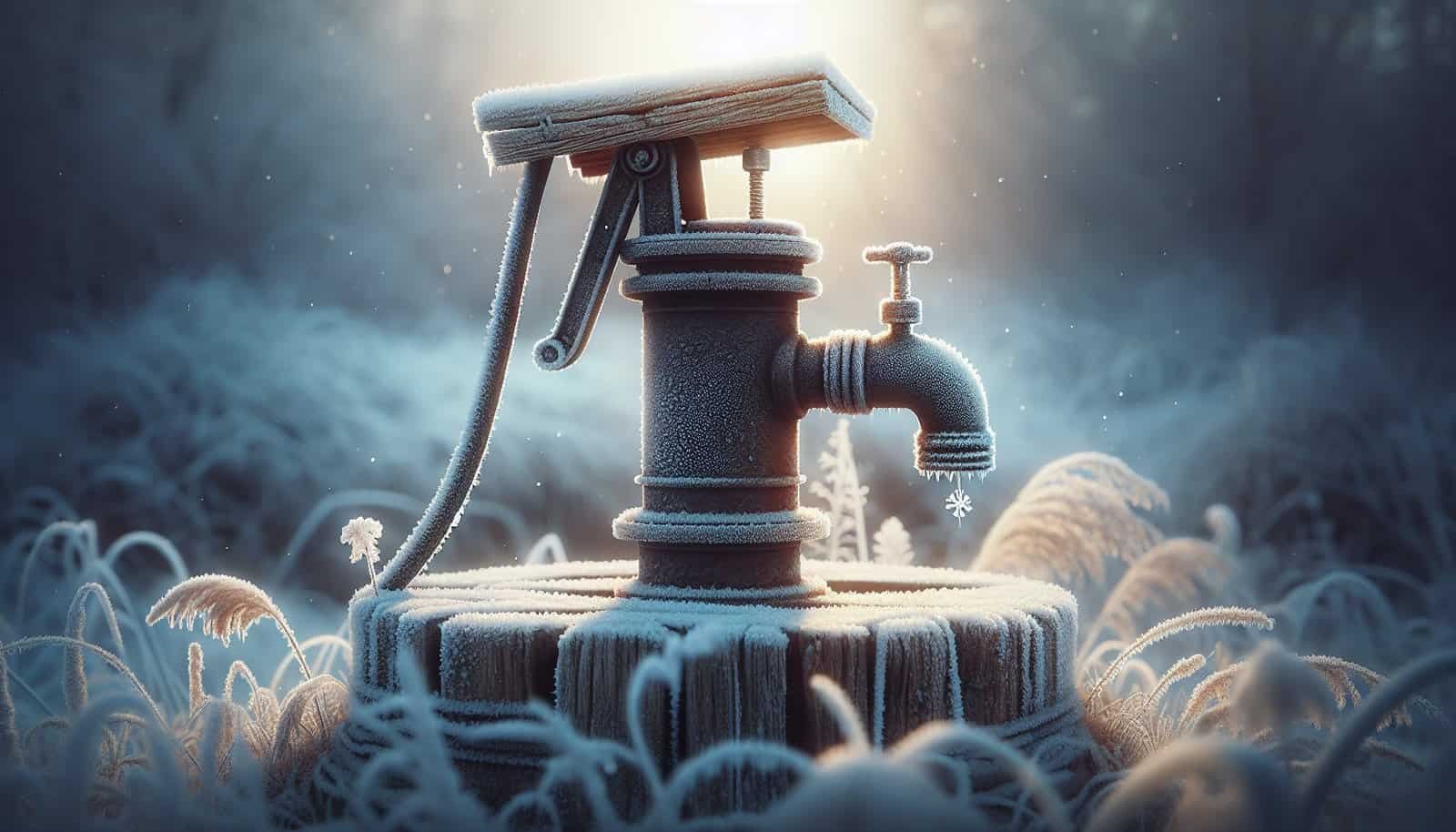Are you worried your water well will freeze or fail when temperatures drop this winter?
How do I winterize my water well?
You should prepare your water well system before sustained freezing temperatures arrive to avoid frozen pipes, pump damage, and loss of water service. Winterizing protects your equipment and reduces the risk of costly emergency repairs while keeping your water safe and accessible.
Why winterizing matters
Cold weather can freeze exposed piping, damage pressure tanks and pumps, and allow contaminants to enter if seals or caps are compromised. By taking preventative steps, you will save money, avoid interruptions, and maintain water quality through the season.
Know your well system
You should identify the components of your well and where they are located so you can address vulnerabilities. Understanding whether you have a submersible pump, a jet pump, an aboveground well house, or a buried well line determines which winterization steps you need.
Main components to recognize
Most wells have a well casing and cap, a pump (submersible or jet), pressure tank, pressure switch, and distribution piping that leads into your home. Additional components can include a pitless adapter, well house, check valves, and electrical controls — all of which may need protection or inspection.
How your pump type affects winterizing
If you have a submersible pump, it sits below the frost line and usually isn’t at risk of freezing, but the piping between the house and the well can freeze. If you have a shallow well with a jet pump, the pump and suction line above ground are much more vulnerable and may require extra insulation or shelter.

When to winterize
You should winterize well systems before the first hard freeze, ideally in late fall once temperatures begin to consistently drop. Waiting until the ground is frozen makes many preventive measures harder and more expensive.
Timing tips
Check local climate history and plan to start your preparations at least two weeks before the average first freeze date in your area. If you own a seasonal property, begin the winterization process at the time you shut the place down, not later.
Supplies and tools you’ll need
You should gather materials and tools before starting so the job runs smoothly and efficiently. A well-organized supplies list avoids trips to the store in poor weather and ensures you don’t skip important protective measures.
| Item | Purpose |
|---|---|
| Pipe insulation (foam sleeves) | Protects above-ground pipes from freezing |
| Heat tape / cable (UL-approved) | Adds heat to vulnerable lines when powered |
| Weatherproof caulk or expanding foam | Seals gaps in the well house and around pipes |
| Thermostat-controlled heater or small safe heater | Keeps well house above freezing |
| Spare well cap and sanitary seal | Replaces damaged caps to keep out contaminants |
| Basic plumbing tools (wrenches, pliers, bucket) | For draining and minor repairs |
| Garden hose and floor drain access | For draining pressure tank and lines |
| pH test strips or sample kit | For testing water acidity if concerned |
| Non-toxic RV/propylene glycol (only if allowed) | For specialty applications (see warnings) |
Safety gear and major tools
You should have protective gloves, eye protection, and possibly a multimeter for electrical checks. Never work on electrical components without turning power off and following safe lockout practices.

Inspecting the well before winter
You should do a thorough inspection of the well head, well house, and visible piping to identify issues that could become worse in cold weather. Catching leaks, damaged seals, or worn insulation now will prevent freeze-related failures.
What to look for
Check the well cap for cracks, the casing for separation or damage, and any exposed pipes for insulation gaps or corrosion. Also inspect the well house for holes, drafts, or damaged vents and make sure the door seals properly.
Winterizing an occupied home’s well system
You should provide continuous protection for an occupied home by insulating, providing controlled heat, and protecting external fixtures. That way, your household water supply remains reliable through cold spells.
Insulating exposed pipes and components
Wrap foam insulation around all above-ground pipes and use weatherproof tape for seams to create a continuous barrier. Don’t forget small sections like faucets, vacuum breakers, and valve stems that can be overlooked.
Heat tape and thermostatic heaters
Install UL-listed heat tape or heat cable on the most vulnerable lines and follow manufacturer instructions for spacing and electrical connection. Consider a small thermostat-controlled heater in a well house or pump room to keep temperatures above freezing without wasting energy.
Protecting the pressure tank and pump
Enclose the pressure tank in an insulated blanket and, if it resides in a cold space, keep the area heated. For above-ground pumps, provide a heated, insulated housing or move the pump indoors when feasible.
Protecting outdoor faucets and hose bibs
You should drain and shut off exterior faucets from inside the house and install frost-free hose bibs if possible. Remove hoses and use insulated covers on exposed exterior spigots.

Winterizing an unoccupied or seasonal property
You should perform a more complete winterization if you will be away and won’t be heating the property, because frozen pipes and pressure tanks can be severely damaged. The process may include draining the distribution system and preventing backflow or contamination.
Shutting down water and draining the plumbing
Locate the main shutoff valve and close it, then open downstream faucets to drain the water lines. Flush toilets, drain the water heater (per manufacturer instructions), and disconnect any in-line filters or water softeners.
Protecting the pump and pressure tank when drained
If you drain the system, you should follow manufacturer recommendations about leaving the pump and tank isolated or maintaining a small trickle to prevent freeze expansion. Some systems require the pump to be left energized with a space heater protecting the pump housing; others are safe to be drained.
Antifreeze: when and when not to use it
You should not use automotive antifreeze (ethylene glycol) in potable water systems because it’s toxic. Food-grade propylene glycol has limited applications but is not typically recommended for whole-house systems; never add antifreeze to potable lines unless the manufacturer or a licensed plumber explicitly approves it.
Protecting the well head and well house
You should make the well head as weather-tight as possible because a compromised cap or vent can admit cold air, animals, and contaminants. A dry, sealed well house with proper ventilation and controlled heat will minimize freeze risk.
Sealing and insulating the well cap
Ensure the sanitary seal is intact and the well cap fits tightly. Use an insulated wrap or build a small insulated box around the head while maintaining necessary venting per code requirements.
Well house ventilation and heating
You should balance ventilation requirements with heat retention; some well houses require a vent to prevent condensation but that vent should be screened and insulated. Install a thermostat-controlled heater or a thermostatic vent that opens only when needed to prevent freezing without excessive moisture buildup.

Protecting buried pipes and frost depth considerations
You should know your local frost depth and ensure water lines are below this level when possible. If burying lines deeper isn’t feasible, insulation and heat tracing are important for above-ground segments.
Frost line and burial depths
Local building codes or agricultural extension services can tell you the average frost depth in your area, which dictates how deep your lines should be to avoid freezing. If you add new piping, plan to bury it below that depth or use protective measures for shallower runs.
Pitless adapters and exposed fittings
You should pay special attention to pitless adapters and other transition points where buried and above-ground components meet. These junctions are common failure points because they can be poorly insulated or exposed to drafts.
Inspecting and insulating adapters
Check for moisture, rust, or gaps around the pitless adapter and add insulation or a protective box as needed. Ensure any seals are intact and replace gaskets if they are deteriorated.

Avoiding contamination during winterization
You should always protect the potable water system from chemicals, debris, or contaminants during the winterization process. Proper procedures prevent accidental entry of antifreeze, pesticides, or dirty water.
How to winterize without contaminating drinking water
Use non-toxic, potable-safe products if you must use antifreeze or waterless lubricants, and follow manufacturer guidance for point-of-use devices. If any questionable substance enters your water system, disinfect with shock chlorination and test before use.
Shock chlorination after repairs or severe weather
You should shock-chlorinate the well if the well cap was removed, the well flooded, or work disturbed the sanitary seal. Chlorination kills bacteria and helps reestablish safe water before regular use.
How to do a basic shock chlorination
Follow a recommended procedure: calculate required chlorine dose based on well volume, introduce the chlorine solution, circulate through the system, let it stand for the recommended contact time (often 8–24 hours), then flush until the chlorine smell is gone. Test for bacteria before returning to normal use.
Thawing frozen pipes and well lines
You should act promptly but safely if you suspect frozen pipes, starting with locating the freeze and applying controlled heat. Rapid thawing or using open flames is dangerous and can damage piping.
Safe thawing methods
Use a hair dryer, heat gun on a low setting, or wrap thawing towels soaked in hot water around the freeze point to gradually warm the line. If the freeze is inside the well casing or at a depth you cannot safely access, call a well professional.
Troubleshooting common winter problems
You should identify common winter issues like slow flow, sputtering faucets, or discolored water as signs of partial freezing, sediment, or corrosion. Addressing problems early prevents pump burnout and major fixes.
Slow flow and sputtering faucets
If flow slows or bacteria or minerals become more evident, check the pressure tank for waterlogging or the pressure switch for erratic operation. Loss of pressure can indicate a frozen line, damaged pump, or waterlogged tank needing service.
Identifying if your well water is acidic
You should test your well water if you notice metallic tastes, blue-green staining, or corrosion of pipes and fixtures since these can indicate low pH. Acidic water often behaves subtly at first but can cause long-term corrosion and health concerns if left untreated.
Signs of acidic well water
Look for a metallic taste, pinhole leaks in copper plumbing, blue-green stains on brass fixtures, accelerated corrosion of plumbing, and sometimes decreased effectiveness of soap. Low pH often accompanies elevated metals like copper or lead leached from plumbing materials.
How to test pH at home and professionally
You should use a reliable method: simple pH test strips or a digital pH meter can give a preliminary reading, but a certified laboratory test provides an accurate analysis including pH, alkalinity, and dissolved metals. If your at-home test shows pH below 6.5, consider sending a sample to a lab for confirmation and additional testing.
Interpreting pH results
You should consider pH in context: groundwater often ranges from about 6.5 to 8.5, with below 7 considered acidic. Persistent pH below 6.5 often requires treatment to protect plumbing and drinking water quality.
Associated chemical indicators
If pH is low, you might also find low alkalinity and higher concentrations of metals like iron, manganese, copper, or lead as corrosion creates soluble metal ions. Testing for total dissolved solids and alkalinity can help select an effective treatment.
Treating acidic well water
You should choose a treatment that matches the severity of acidity, your water chemistry, and your budget. Options range from whole-house neutralizer systems to targeted point-of-use devices.
Common treatment options
- Calcite neutralizer (media bed): adds calcium carbonate to raise pH and alkalinity and is passive and maintenance-friendly.
- Soda ash feed system: injects a sodium carbonate solution for stronger neutralization where calcite alone is insufficient.
- Corrosion inhibitors: add chemicals that form protective films inside pipes and can be an adjunct to pH correction.
- Point-of-use treatment: for drinking water only, you can install an under-sink neutralization or reverse-osmosis system.
Pros and cons summary (table)
| Treatment | How it works | Pros | Cons |
|---|---|---|---|
| Calcite Neutralizer | Water flows through crushed calcite, dissolving some media to raise pH | Simple, low maintenance, no chemicals stored | Not effective for very low pH or high flow without large tanks |
| Soda Ash Feed | Chemical injector adds measured soda ash solution | Effective for very low pH, adjustable | Requires chemical handling and periodic refill |
| Corrosion Inhibitor | Adds a small chemical dose to coat pipes | Protects plumbing, low chemical use | Doesn’t correct pH; often used with neutralizers |
| Point-of-Use Neutralizer or RO | Treats water only at a faucet | Good for drinking water, compact | Doesn’t protect whole-house plumbing; periodic maintenance |
Costs and maintenance for treatments
You should expect initial equipment costs plus periodic maintenance like media replacement, chemical refills, and cartridge changes. Budget for semiannual to annual service, depending on system type and water usage.
Maintenance tasks you’ll perform
For calcite systems you’ll occasionally backwash and add media. For chemical feed systems you’ll refill solution and check pumps, while corrosion inhibitors require monitoring dosage and water chemistry.
When to call a well professional
You should contact a licensed well contractor or pump service if you are unsure about the system layout, encounter electrical issues, have a submerged or inaccessible pump, or face contamination and freezing that you can’t safely resolve. Professionals can safely perform complex tasks like shock chlorination, pitless adapter repairs, pump replacement, and deep thawing.
Red flags that require professional help
You should call a pro if the pump runs but no water comes, the pressure tank appears frozen, a pressure switch repeatedly cycles rapidly, or you detect gas-like odors or fouling that suggest contamination. These signs indicate potentially serious problems that need trained intervention.
Common winterization mistakes to avoid
You should avoid assumptions like “my submersible pump won’t freeze” without protecting the above-ground piping and well house. Mistakes commonly include leaving exterior faucets open without insulating, using toxic antifreeze in potable lines, and failing to secure the well cap.
Specific pitfalls and how to prevent them
Never use automotive antifreeze; instead drain lines or use approved potable antifreeze for non-potable sections if a manufacturer permits. Also avoid blocking required vents — maintain required codes for ventilation and sanitary access.
Winterization checklist
You should follow a systematic checklist to ensure nothing is overlooked when preparing your well for winter. Use this list as a sequence for routine and seasonal preparation.
| Task | Done (Y/N) |
|---|---|
| Inspect well cap and sanitary seal | |
| Inspect well house for drafts, holes, and pests | |
| Insulate exposed piping and fittings | |
| Install or test heat tape on vulnerable lines | |
| Insulate pressure tank and protect pump | |
| Drain or protect outdoor faucets and hoses | |
| Shut off inside main and drain system if wintering a property | |
| Consider chlorination after opening or repairs | |
| Test pH and water quality and treat if acidic | |
| Arrange professional inspection as needed |
Frequently asked questions
You should have clear answers to common concerns, such as “Can my submersible pump freeze?” and “How do I know if my pressure tank is frozen?”
Can a submersible pump freeze?
Because it sits below the frost line, the pump itself is rarely at risk of freezing, but lines and fittings above ground can freeze and damage the system. Protect the above-ground discharge piping and well head to prevent freezing of water and pressure-related failures.
Will heat tape alone be enough?
Heat tape can be effective for short exposed runs but should be combined with insulation for best results. Ensure the heat tape is UL-listed, installed properly, and powered through a GFCI-protected circuit.
Final reminders and seasonal routine
You should carry out a routine inspection before winter each year and address small problems immediately to prevent big issues later. Proper winterizing, combined with regular water testing (including for acidity), keeps your water safe and your system functioning throughout cold weather.
Year-round maintenance plan
Test water annually for pH, bacteria, and major contaminants, maintain a winter supplies kit, and schedule a professional inspection every few years. A small investment in preventive measures will protect your well, your plumbing, and your peace of mind.
